In our earlier post, we covered few basics about creating a plan in Microsoft Planner and adding Tasks to it. Proceeding further, we will see how to sort these tasks into buckets to arrange them in an organized manner. It finds utility, especially when you have lots of dependencies and need help to break things up into phases, types of work, departments, or something that makes sense for your plan.
Sort Tasks in Microsoft Planner using Buckets
This post guides you through the steps for creating buckets in Microsoft Planner to sort tasks and flagging them with multiple colored labels for easier identification. Microsoft Planner ensures its users stay organized, on-task and above all else – streamline collaboration around a project.
For adding tasks to your plan, refer to the earlier post. When completed, select ‘Add new bucket’ option highlighted in blue from the ‘Board’ the right-corner and type in a name for the bucket.
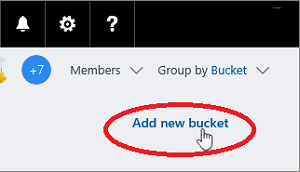
If the ‘add new bucket’ option is not visible to you for some reason, click ‘Group by’ and from the drop-down menu choose Buckets.
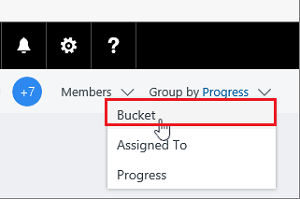
Also, you can replace the bucket’s original name with an alternative one. Simply select a bucket name to make changes.
Once finished, you can add tasks to the bucket by simply dragging them into the bucket to start getting organized.
Also, you can choose the plus sign (+) below the bucket name to add a new task to that bucket. As earlier, enter the name of the task and choose ‘Add task’.
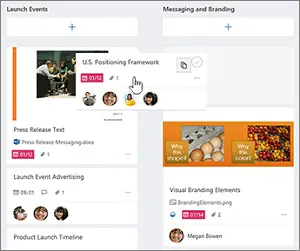
If necessary, you can change the order in which buckets appear on the screen by dragging the bucket’s title to a new position.
Labelling Buckets with Multiple Colors
In Planner, labels can help you spot or identify tasks that have several features in common, like requirements, locations and among others So, to find things in common, at a glance, you can flag these tasks with multiple colored labels. Here’s how!
On the Board, select a task to open details, and then choose the colored boxes on the top right side. Select the flag you want to use, and then give it a name.
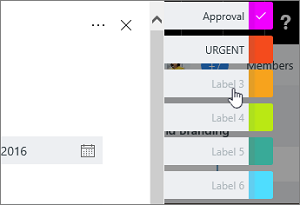
Once you’ve defined labels on one task, they’re available to all tasks in the plan.
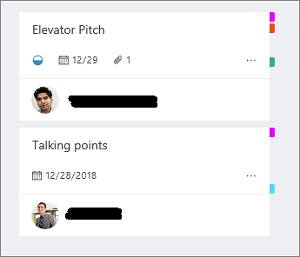
For instance, as seen in the image below, you can define the pink label as ‘Approval‘ on the ‘Elevator Pitch‘ task, and then set that same flag on every other task in your plan that requires approval.
That’s it!
Read: How to change the Background or Theme in Microsoft Planner for the web
If you know any more of such tips, share them with us in the comments section below.